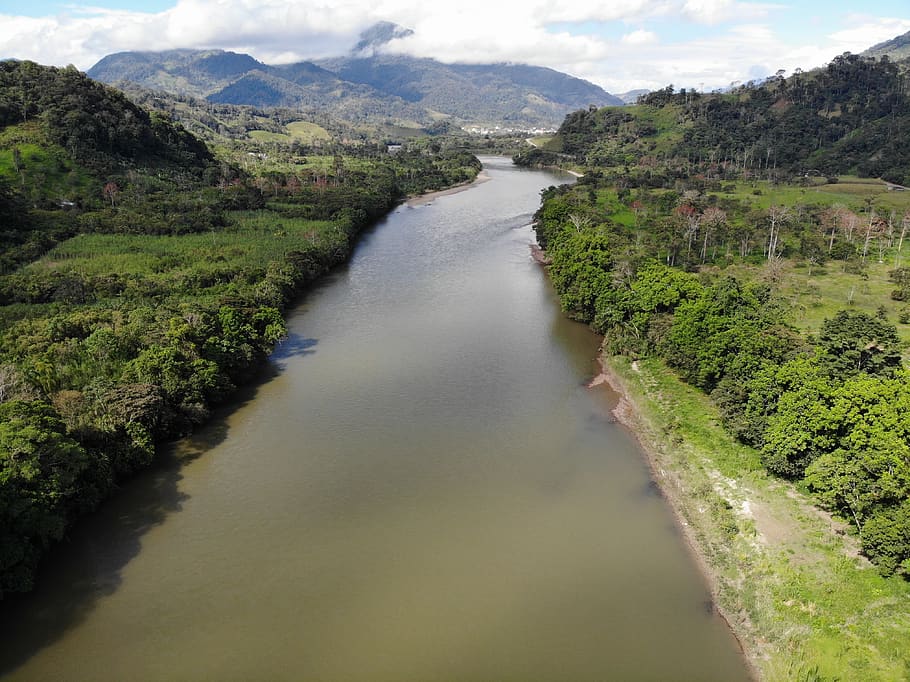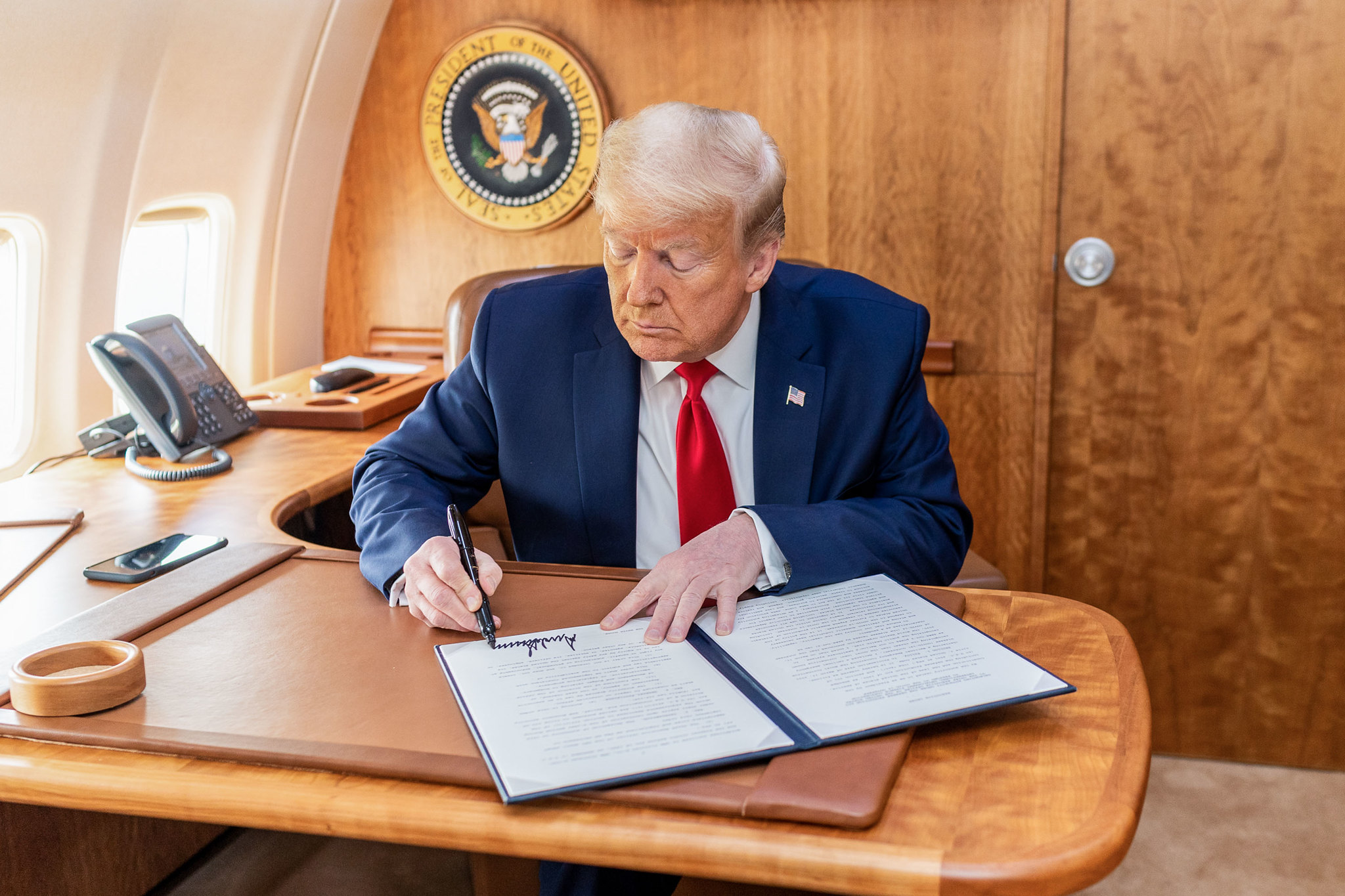If Brazil legalizes more Amazon mining, it would drive deforestation, study says

Legalizing mining on indigenous land and other protected areas in Brazil’s Amazon rainforest would lead to thousands of square kilometers in new deforestation, according to a study published on Thursday.
Right-wing President Jair Bolsonaro has called for new mining in protected areas of the Amazon rainforest, arguing that informal mining should be legalized in order to help lift the region out of poverty.
Advocates for legalization argue the industry would be more regulated and thus conserve rainforest cover, but the study’s authors found that this was not the case.
The study showed that such policies would put the world’s largest rainforest at risk, accelerating deforestation that fuels climate change.
Published in the journal Nature Sustainability, the study modeled what would happen if ten areas in the northern states of Amapa and Para were opened to mining, including the off-limits National Reserve of Copper and Associates (Renca), two indigenous territories and several nature preserves.
That would allow for mining some 242 additional mineral deposits of gold, copper and other minerals, the study said. But that development would also lead to deforestation of some 7,626 square kilometers (2,944 sq miles) of deforestation – an area larger than the US state of Delaware – over the next 30 years.
Researchers compared that to an estimated 4,254 square km of deforestation if protections continue in their current form.
“The study outlines the size of the damage and what can happen if this government continues to promote mining in protected areas,” said Ane Alencar, science director at Amazon Environmental Research Institute (IPAM), who was not involved in the research.
The mines themselves would create relatively little direct deforestation, but building new roads to reach them would allow illegal loggers, land grabbers and ranchers easier access to relatively untouched parts of the forest.
The potential destruction would be even greater if the same methodology were applied across the entire Amazon, according to Juliana Siqueira-Gay, an environmental engineer and lead author of the study.
New mining areas are often in some of the most biodiverse areas of the planet and should only be opened up if plans are in place to prevent this additional destruction, said Siqueira-Gay, who conducted the study while at the University of Sao Paulo and now works at sustainability think tank Instituto Escolhas.
Philip Fearnside, an ecologist at the National Institute of Amazonian Research (INPA), said the study informs policy debate by quantifying what is at stake, but he argues study’s authors should go further.
“I would just say ‘No, don’t open it to mining,'” Fearnside said.
(By Jake Spring; Editing by Aurora Ellis)
Related Article: Brazil central bank recruited to save Amazon from illegal mining
More News
Trump planning to stockpile deep-sea minerals to counter China: FT
April 13, 2025 | 07:56 am
Goldman Sachs upgrades gold forecast again to $3,700
April 12, 2025 | 08:05 pm
{{ commodity.name }}
{{ post.title }}
{{ post.date }}




Comments